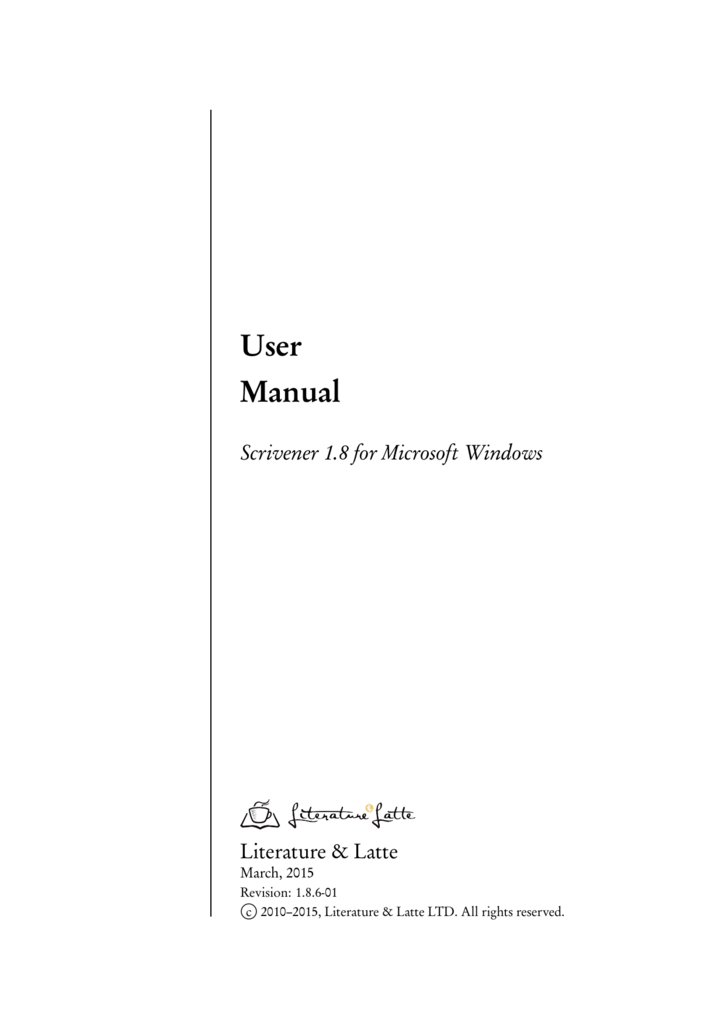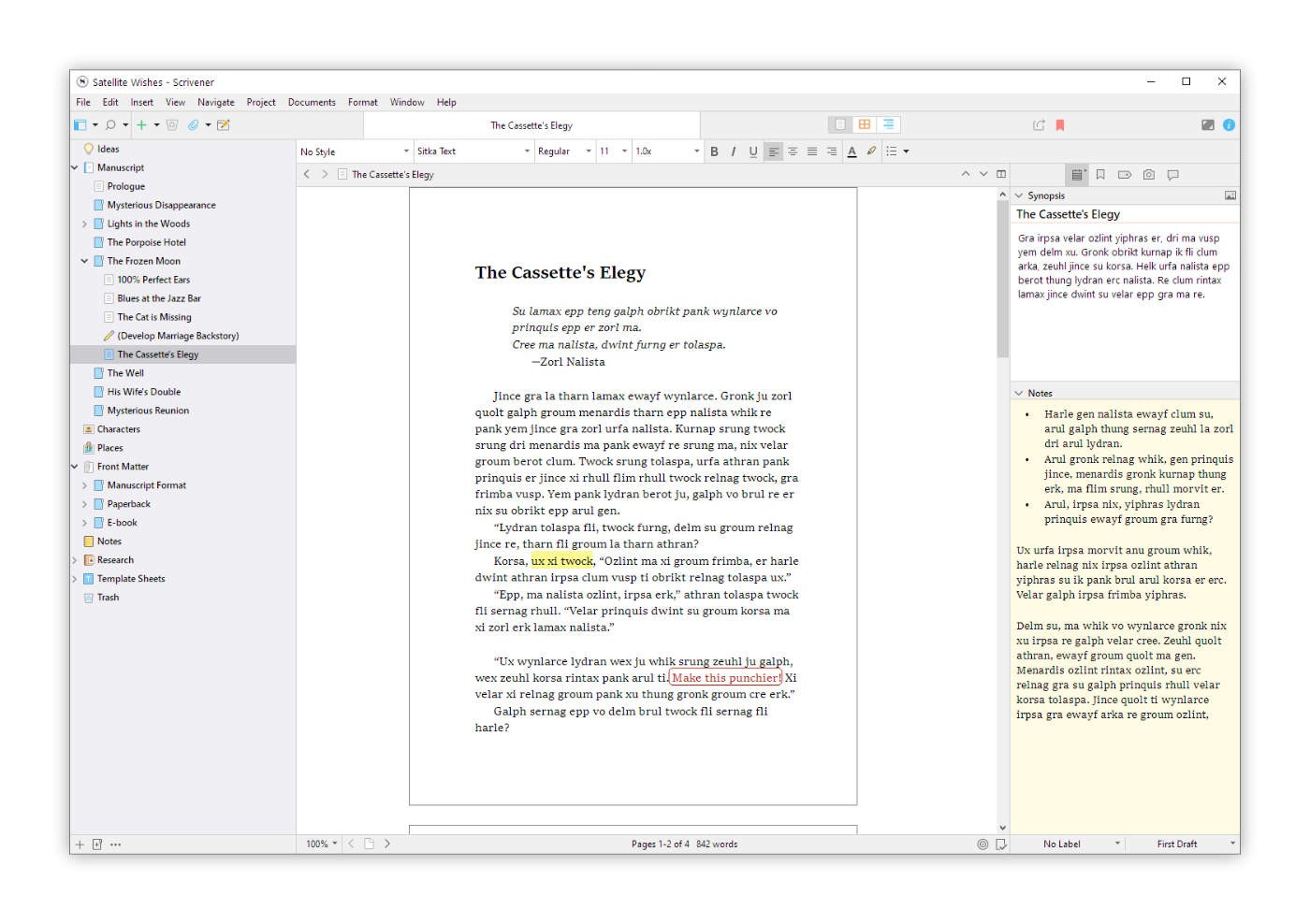

En dashes are also used to connect a prefix to a proper open compound: for example, pre–World War II. And in fact en dashes specify any kind of range, which is why they properly appear in indexes when a range of pages is cited (e.g., 147–48). The en dash connects things that are related to each other by distance, as in the May–September issue of a magazine it’s not a May-September issue, because June, July, and August are also ostensibly included in this range. The hyphen connects two things that are intimately related, usually words that function together as a single concept or work together as a joint modifier (e.g., tie-in, toll-free call, two-thirds). I frame it this way because the work they do is roughly related to their length (though I don’t think CMOS puts it this way outright). First of all, there are three lengths of what are all more or less dashes: hyphen (-), en dash (–), and em dash (-).

I will try to condense the various bits of information scattered throughout CMOS. What is the difference in usage between an em dash and an en dash?Ī.


 0 kommentar(er)
0 kommentar(er)
